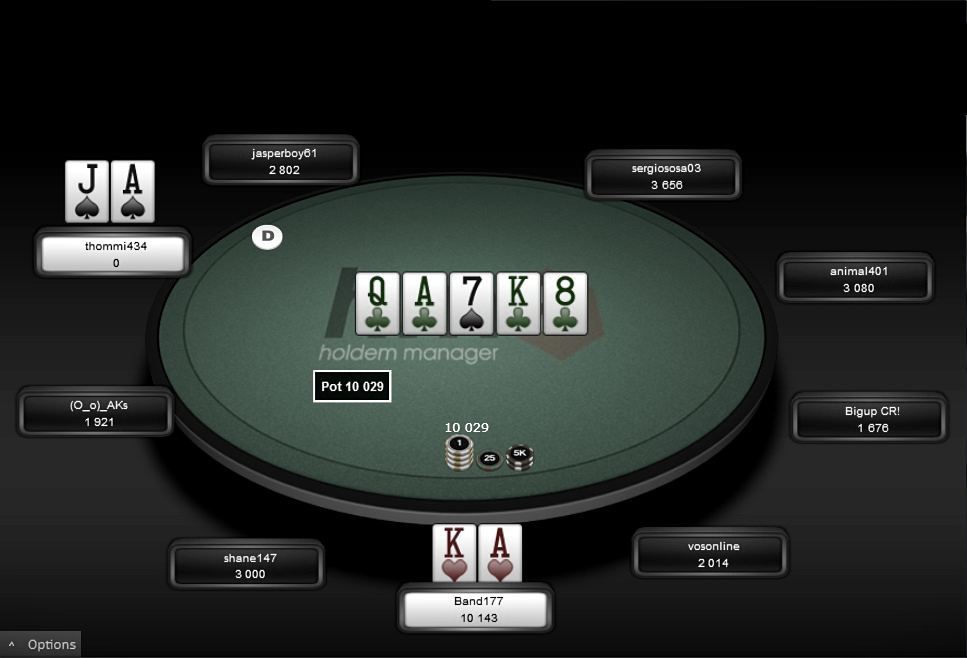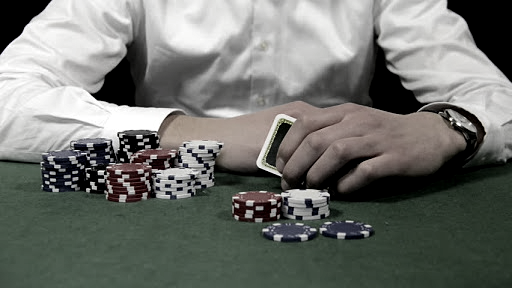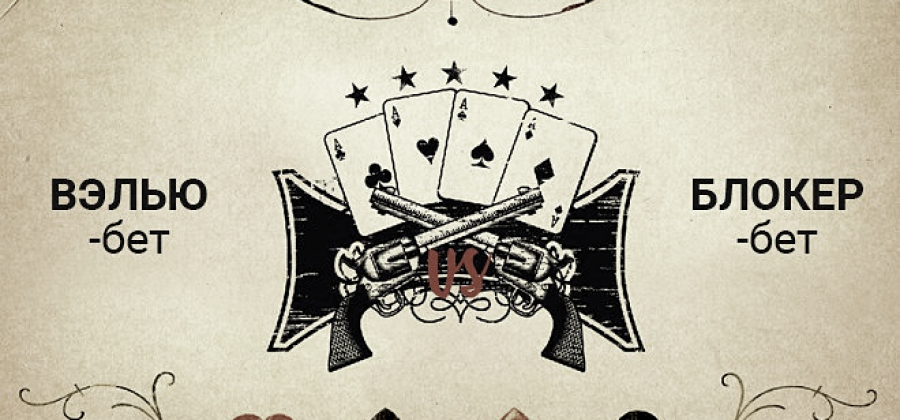Blockers are your starting cards that fall within your opponent's outs range. As a result, the opponent's chances of strengthening the draw hand are greatly reduced, and the likelihood of your victory increases. The term "blocker" is often used when considering strategies for playing Omaha and Hi / Lo Omaha.
How do you calculate Blockers?
In Texas Hold'em, each player receives 2 starting cards in the first round. With them, you can make 1326 combinations, which are conventionally divided into several categories:
- 78 offsuit starters. Each hand contains 12 combinations of cards of different suits.
- 78 suited starters. Each hand includes 4 combinations. For example, Ace Queen on a tambourine, spades, hearts or clubs.
- 13 starting Pars. With cards of different suits and ranks, you can make 6 such combinations.
Having received starters in one of the listed categories, the player is able to exclude the opponent from making certain combinations. For example, preflop you get a Pair of Aces. In such a situation, the opponent will have a blocker for 101 combinations. With starting Pairs, the player blocks 91 hands, and with suited starters, 101 hands.
How to use blockers after the flop?
Let's say that you are sitting at the same table with an opponent who always raises the bet in the 2nd and 3rd rounds, and puts the whole stack on the line on the River. In such a situation, the scenario might be as follows:
- On 2nd street, 7 ♥ A ♣ Q ♣ appear on the board;
- In the third round, K ♣ appears on the table;
- The last card falls on the last street - 8 ♣.

You can use blockers to figure out what cards your opponent has. If he raised from the Flop, chances are the pockets are good. Let's say the opponent had AJ. But the Jack can hardly be a иначе, otherwise he would have raised on the Turn with three clubs.
For a passive player hoping to get a Flush in the last round, this behavior is not typical. And if the opponent had a Set of Eights, then the game on the Flop would be more aggressive due to the presence of 2 more clubs. It follows from this that 8 ♣ can be a blocker. And, most likely, the opponent does not have a full flush, so his bet can be called.
How to use blockers in the first round?
Tournament poker players prefer to call high stakes opponents with weak hands. This is due to the fact that there are no blockers for our starters. Let's consider this case with an example:
- You have AQ in your hands;
- The opponent can have either A or Q;
- The probability of us getting a Pair on Aces and Queens is reduced;
- If we go all-in with 7 and 8, they are unlikely to have blockers;
- The game will become a losing game for us if the opponent immediately comes from a pair of a higher rank.
Using blockers in Texas Hold'em
Most of the time Blockers are used in Omaha. But pros often use this strategy when playing Texas Hold'em. It is advisable to calculate blocker cards when:
- Bluff planning;
- Push-Fold tactics.

There is a good example of bluffing using the Blockers theory in poker history. In heads-up, Harrison Gimbel resorted to a trick against Tyler Reiman:
- There were three hearts on the board;
- Gimbel was holding 1 card each worm;
- Harrison knew that Reiman didn't have Flash;
- At the decisive moment, Gimbel went for broke.
In other words, Harrison knew he could bet such a high stake for having a winning combination. If you have a card in your hand that you need to get the nuts, it means that your opponent does not have it. Therefore, in a game against a tight opponent, you can safely bluff and imitate the presence of a strong combination with a high bet.
Using blockers for Set
If you have 2 Pairs, then in the second round of the game we get a 100% blocker for 2 Sets out of 3. With this information, we can assume that the opponent has:
- Junior dopers;
- Couples;
- Draw hands.
As a result, we can narrow the range of the opponent's hands, and also make the only correct decision. It should be borne in mind that the assumptions will be as accurate as possible in the last round of the game with 5 open board cards.
In the right hands, blockers turn into an effective weapon that allows you to take a large bank almost without a fight!


